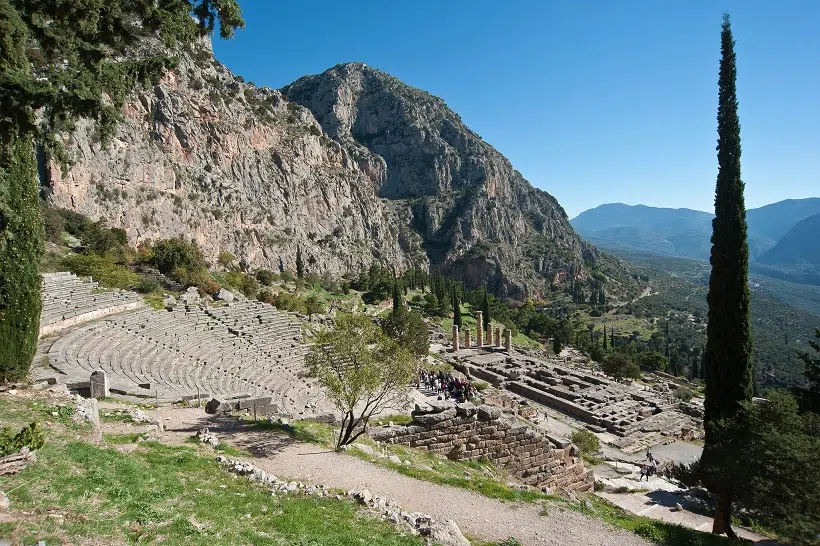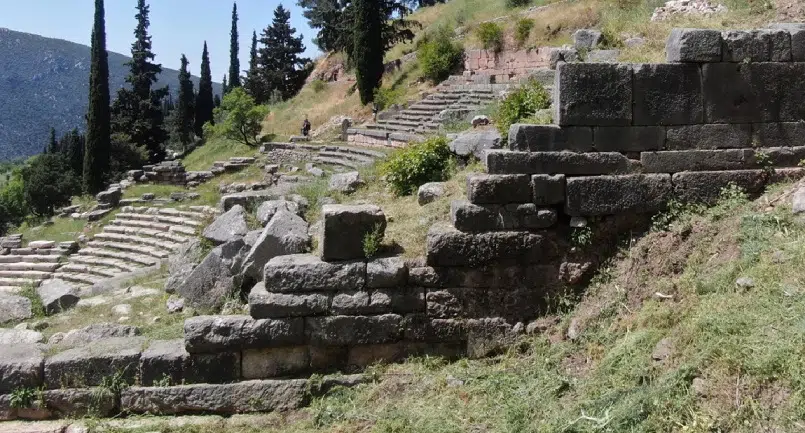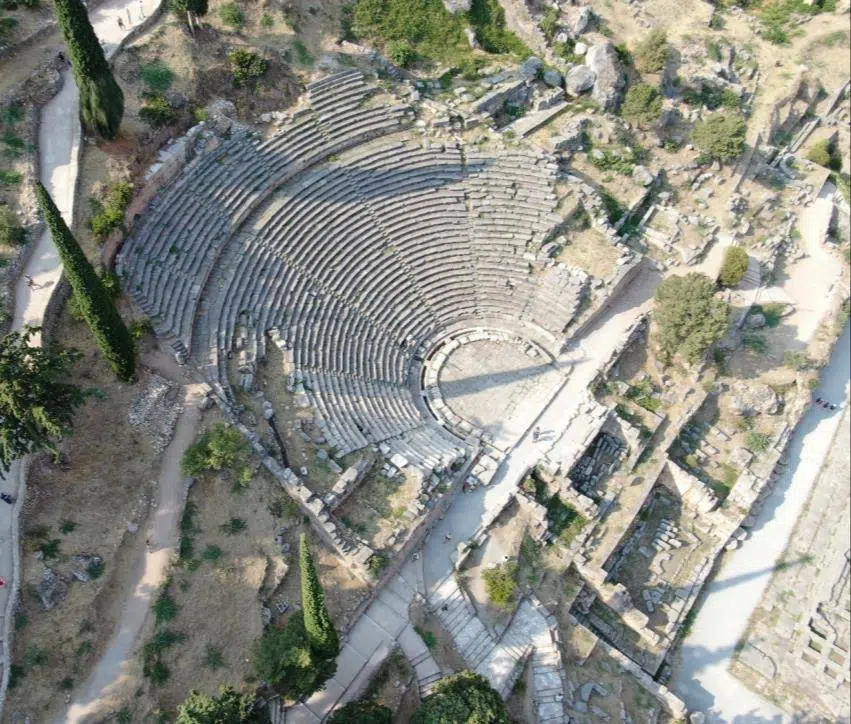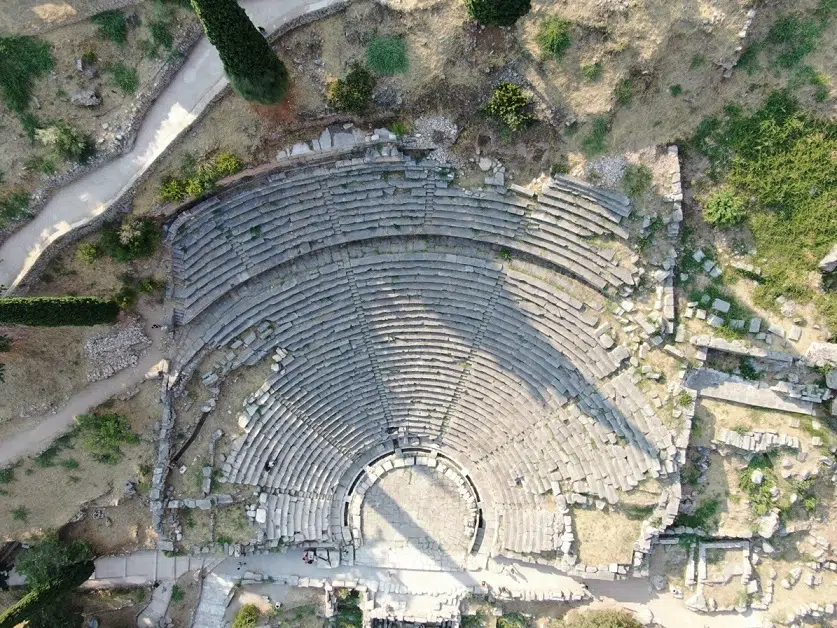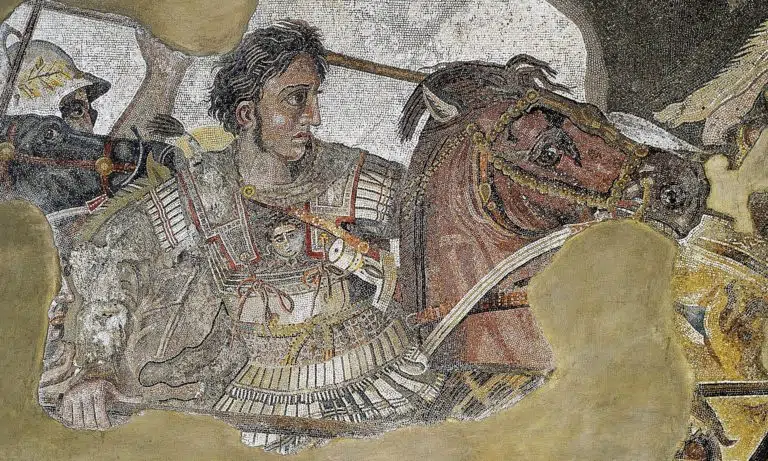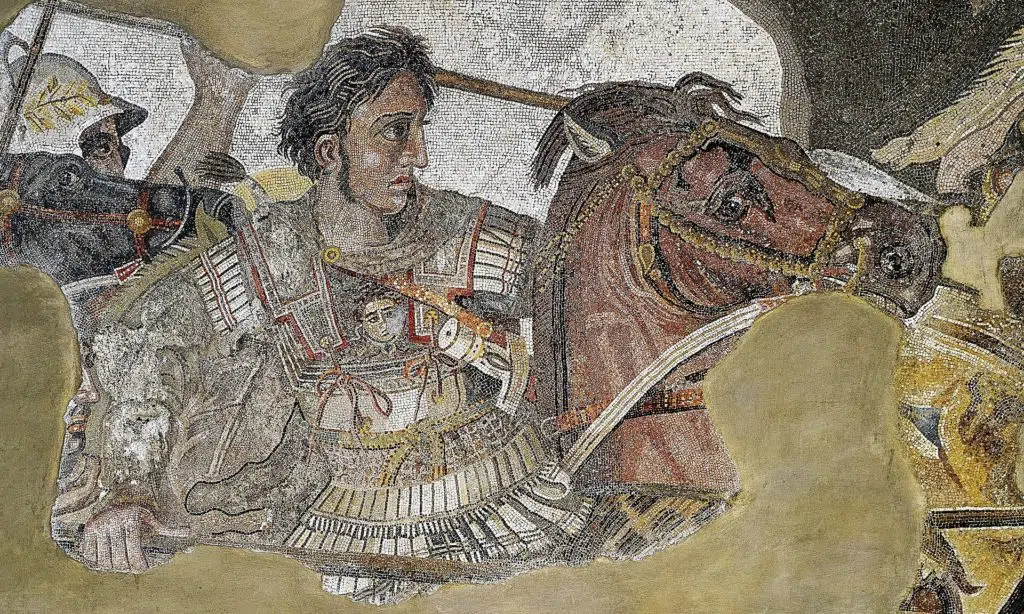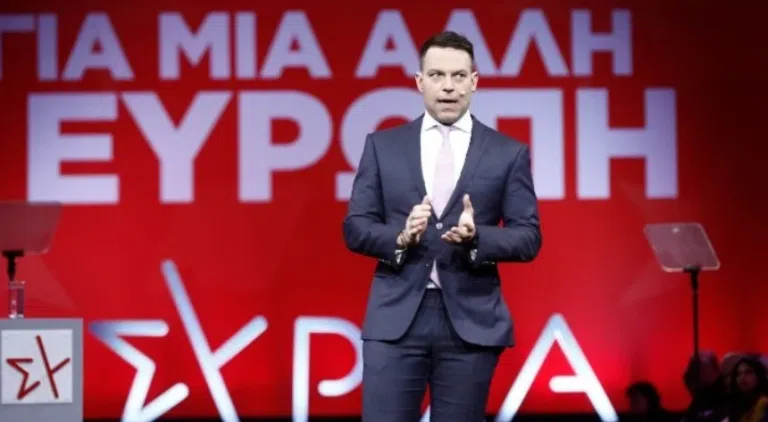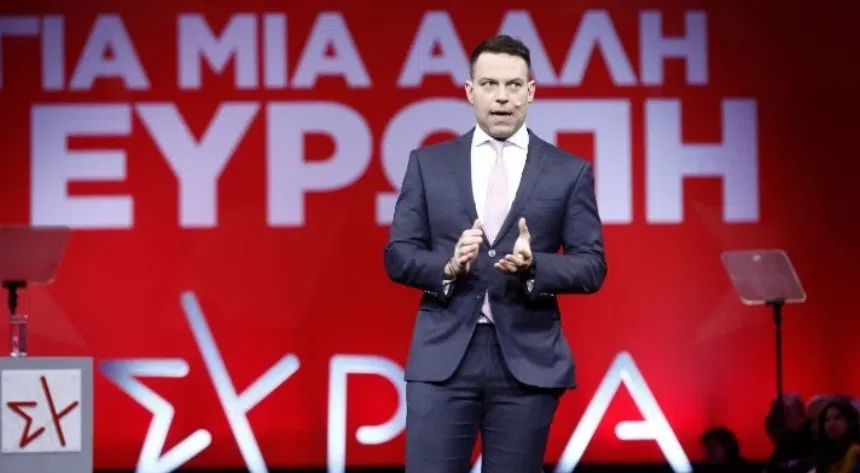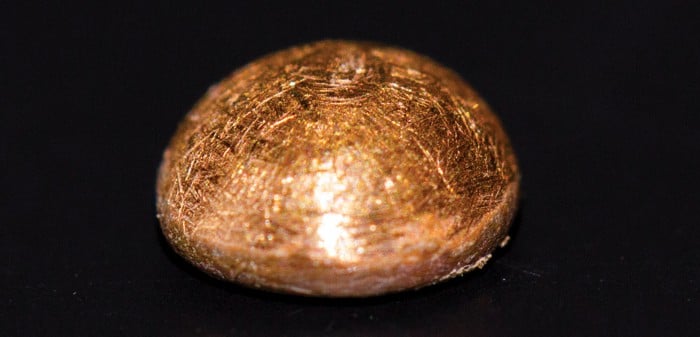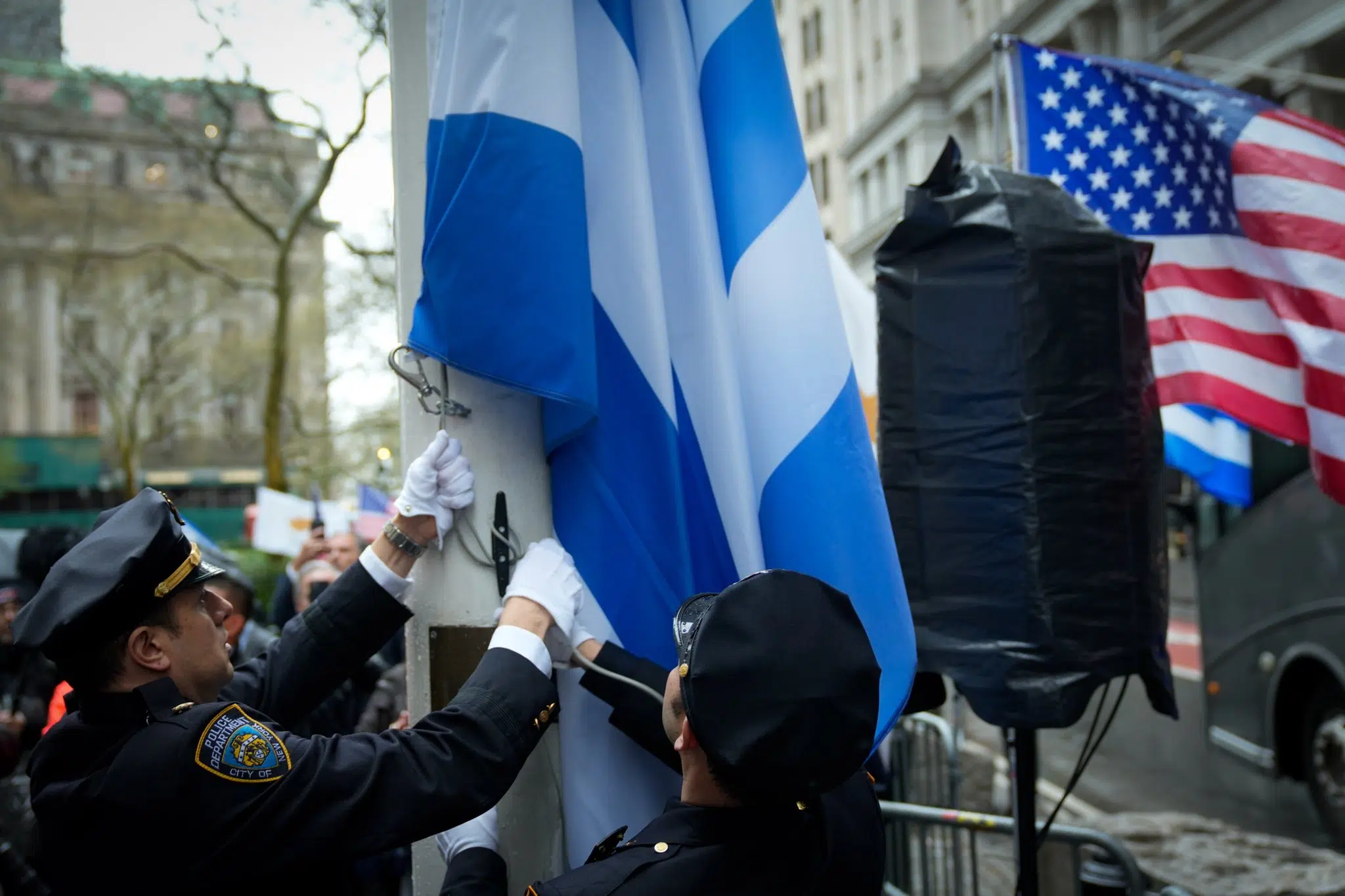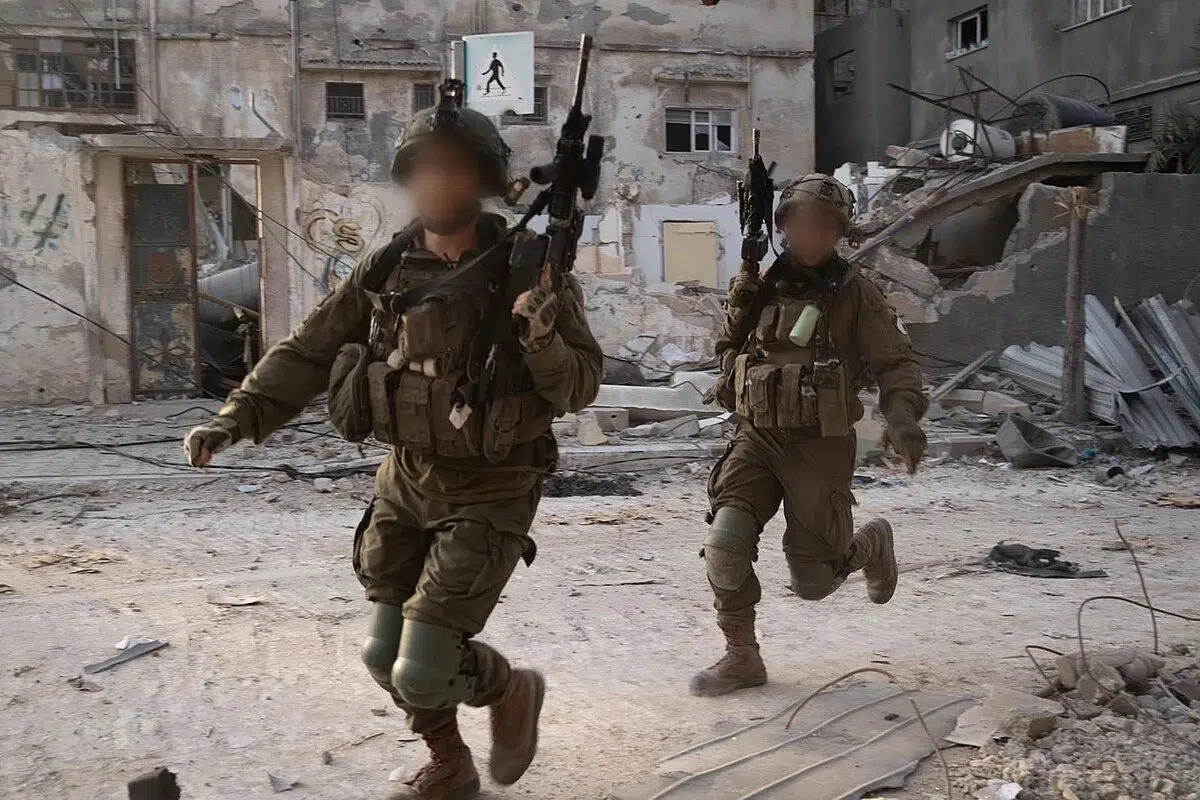
Amidst ongoing combat in Gaza, tensions between Israel and Iran have risen to such a degree that many international affairs observers are worried a wider conflict could ignite in the Middle East.
Iran has long been at odds with Israel and its chief ally, the United States, since the ascendency of the theocratic Islamic regime in Iran in 1979.
Heightening the sense of apprehension in the region was a statement issued by US President Joe Biden on Friday that he is expecting Iran to attack Israel “sooner than later.”
Is a conflict brewing between Israel and Iran?
The primary catalyst for a possible conflict is an airstrike attributed to Israel on April 1st which killed several members of Iran’s elite Islamic Revolutionary Guard Corps( IRGC).
Tehran has claimed an Israeli airstrike targeted its embassy complex in Syria. The Iranian government has vowed to take retaliatory action. Among the dead was Mohammed Reza Zahed, a senior officer of the IRGC and the most high-profile Iranian commander killed since IRGC Quds Force Commander Qassem Soleimani was assassinated by the US in Baghdad in 2020.
In the aftermath of the incident and in response to subsequent allegations, the Israeli government said it did not comment on foreign reports. However, Israel Defense Forces (IDF) Spokesman Rear Adm. Daniel Hagari told media: “According to our intelligence, this is no consulate and this is no embassy…This is a military building of Quds forces disguised as a civilian building in Damascus.”
In any case, Israel is now braced for an attack by Iran. “Over the past day, the military has conducted a situational assessment and approved plans for a range of scenarios following reports and statements on an Iranian attack,” Rear Admiral Hagari said this Friday.
The nature of that anticipated attack is uncertain. Iran has a plethora of conventional and unconventional means it could use to target Israel. For example, it could orchestrate an aerial strike with drones or act through one of its many regional proxies.
War on a regional scale
Since Israel launched military operations in Gaza as a response to terrorist attacks conducted by Hamas on October 7th, defense and international affairs analysts have been worried about the latest round of the Israel-Palestine conflict spreading to the wider region.
For example, in February, the International Crisis Group warned that “while Israel’s assault on the strip persists, the risks of all-out war or other growing instability remain high.”
Several regional actors are impacted by the fighting in Gaza. Included are neighboring Egypt and Jordan, which are most concerned about a mass exodus of Palestinian refugees into their countries. The governments of Lebanon, Syria, and Iraq are likewise nervously looking on.
However, Iran is perhaps the most consequential potential participant in any regional widening of the conflict. This is due to a blend of factors including Iran’s strong rhetoric in support of the Palestinian cause, its long-term rivalry with Israel and the US, and an extensive network of proxy militias operating in the region.
Given the long-term strategic rivalry between Iran and Israel, the April 1st airstrike in Syria has been just one of many potential sparks for a conflict. Whether that spark results in a full-blown fire remains to be seen.
Continued “hybrid war” is more likely than a full-blown conflict
Despite the sharp rhetoric and plausible risks of a wider regional war, neither Iran nor Israel likely wants to engage in an all-out war with one another. A more likely scenario is that a heightened exchange of violence will occur between the two countries below the threshold of open warfare.
This is chiefly because the risks associated with a conventional war for both are immense, but this is particularly true for Iran. An open war with Israel would almost certainly result in US intervention, which could very well result in regime change in Tehran. For this reason, Iran will likely try to target Israel in a way that is damaging but does not risk an escalation to war.
Such strategies are referred to by a variety of names by military and international affairs theorists, including “hybrid war” or the “gray zone.” One explanation of this concept is that “hybrid warfare entails an interplay or fusion of conventional as well as unconventional instruments of power and tools of subversion. These instruments or tools are blended in a synchronized manner to exploit the vulnerabilities of an antagonist and achieve synergistic effects.”
Hybrid warfare involves the use of military and non-military means, as well as violent and non-violent actions to degrade an enemy’s capabilities. There are two major points to bear in mind. Firstly, Iran has adeptly used hybrid warfare in the past to achieve its objectives, and secondly, the combined military might of Israel and the US is a strong incentive for Iran to avoid an all-out conventional war.
Making any kind of predictions about future geopolitical events is a difficult and uncertain business. Nevertheless, for the reasons outlined above, a form of hybrid war will likely intensify between Israel and Iran with an all-out conventional conflict being less likely. The major caveat to this assessment is that a miscalculation of any sort could lead to an unintended escalation.







